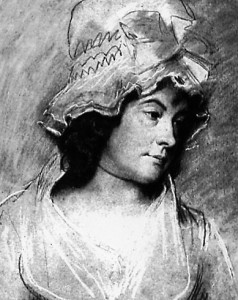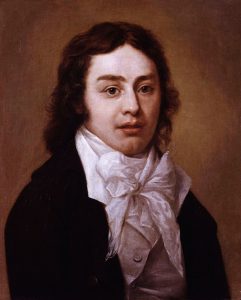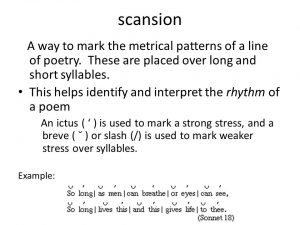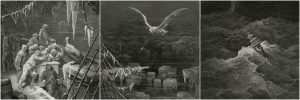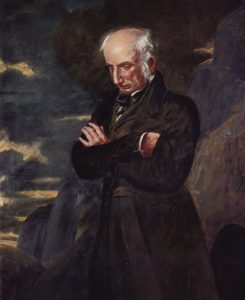Saturday, February 1st
First Novel Report due by noon today, electronic submission
**
Tuesday, February 4th
Mary Prince, The History of Mary Prince (702-722), and “Mary Prince in Context,” (720-722)
Literary Terms: essay, life writing
Amelia Opie, “The Negro Boy’s Tale“, published first in 1802
Title page and illustrated frontispiece to the 1824 edition of “The Negro Boy’s Tale”
Thursday, February 6th
Finish reading “The Age of Romanticism” (LXX-LXXXIV)
Charlotte Smith, Sonnet I (46), Sonnet XII. Written on the Sea Shore. — October, 1784, “On being cautioned against walking on an headland overlooking the sea, because it was frequented by a lunatic” (48)
Amelia Opie, Ode on the Present Times. 27th January 1795
William Cowper, “The Castaway“
Literary terms: lyric poetry, sonnet, ode, stanza
**
Tuesday, February 11th / Coleridge, Day One
Samuel Taylor Coleridge, “Eolian Harp” (558-559), “Fears in Solitude” (559-562), and “Frost at Midnight” (562-563)
Coleridge’s definition of the Poet:
“The poet, described in ideal perfection, brings the whole soul of man into activity, with the subordination of its faculties to each other, according to their relative worth and dignity. He diffuses a tone and spirit of unity that blends and (as it were) fuses, each into each, by that synthetic and magical powers to which we have exclusively appropriated the name of imagination. This power, first put in action by the will and understanding and retained under their irremissive, though gentle and unnoticed control reveals itself in the balance or reconciliation of opposite or discordant qualities: of sameness, with difference; of the general, with the concrete; the idea, with the image, the individual, with the representative…and while it blends and harmonizes the natural and the artificial, still subordinates art to nature; the manner to the matter; and our admiration of the poet to our sympathy with the poetry” (Oxford Collected Works 319)
Literary Terms: lyric poetry, ode
In-Class Writing
How would you characterize Coleridge’s poetic style and technique? In other words, what consistencies did you notice across the three poems read for today. Discuss one commonality across all three poems. Support your assertion with direct evidence from the poems.
Thursday, February 13th / Poetry Day
“Poetry both represents and creates emotions in a highly condensed way” (1225)
“a poem is a discourse that is characterized by a heightened attention to language, form, and rhythm, by an expressiveness that works through figurative rather than literal modes, and by a capacity to stimulate our imagination and arouse our feelings” (1225)
How to Analyze Poetry and The Metrical Foot
Poetry Exercises: Please print up 2 copies. Bring 1 copy in that you have completed and 1 copy that is blank. <Poetry Exercise>
**
Tuesday, February 18th / Making Lyrical Ballads
William Wordsworth, “Advertisement,” “Goody Blake and Henry Gill” (357-360), “Lines Written in Early Spring” (363), “Expostulation and Reply,” “The Tables Turned” and “Lines Written a few miles above Tintern Abbey” (373-377)
Dorothy Wordsworth, “Grasmere — a fragment” and “Thoughts on my Sick-bed” (503-505)
Helpful links: The British Library page on Lyrical Ballads, Lyrical Ballads on Romantic Circles, Wordsworth Trust
A nineteenth-century painting of Tintern Abbey
Literary Terms: ballad, lyric poetry, ode
Verse forms of the Romantic Era
Thursday, February 20th/ Wordsworth after 1798
Wordsworth, excerpts from Lyrical Ballads, 1800, 1802 (377-385)
“Resolution and Independence” (403-405) and “I wandered lonely as a Cloud” (408-410)
**
Tuesday, February 25th / Coleridge, Day Two
The Rime of the Ancient Mariner (564-575), but look also at excerpt from The Rime of the Ancyent Marinere in Seven Parts from Lyrical Ballads (563-64)
“Kubla Khan” (589-590)
from Biographia Literaria, Chapters 13, 14, and 17 (599-607) and from Table Talk, on [The Ancient Mariner] (607-608)
Literary Terms: ballad and ballad stanza
In-Class Writing Assignment: How does Coleridge distinguish his poetry and philosophy of poetry from Wordsworth’s? Support your assertions with direct evidence from at least one poem and one piece of prose in your response.
Thursday, February 27th / Wordsworth and Coleridge: later work
Continue discussion of Coleridge, particularly Biographia Literaria and “Kubla Khan”
W. Wordsworth, Ode [Intimations of Immortality] (411-414)
A sample poetry report: this is pretty much an ideal example of a well-done poetry report. If I were to quibble with anything, it would be that I would have like to see one or two direct quotes supporting the proposed paper topic. I did give it full credit because the idea was otherwise very well developed.
**
